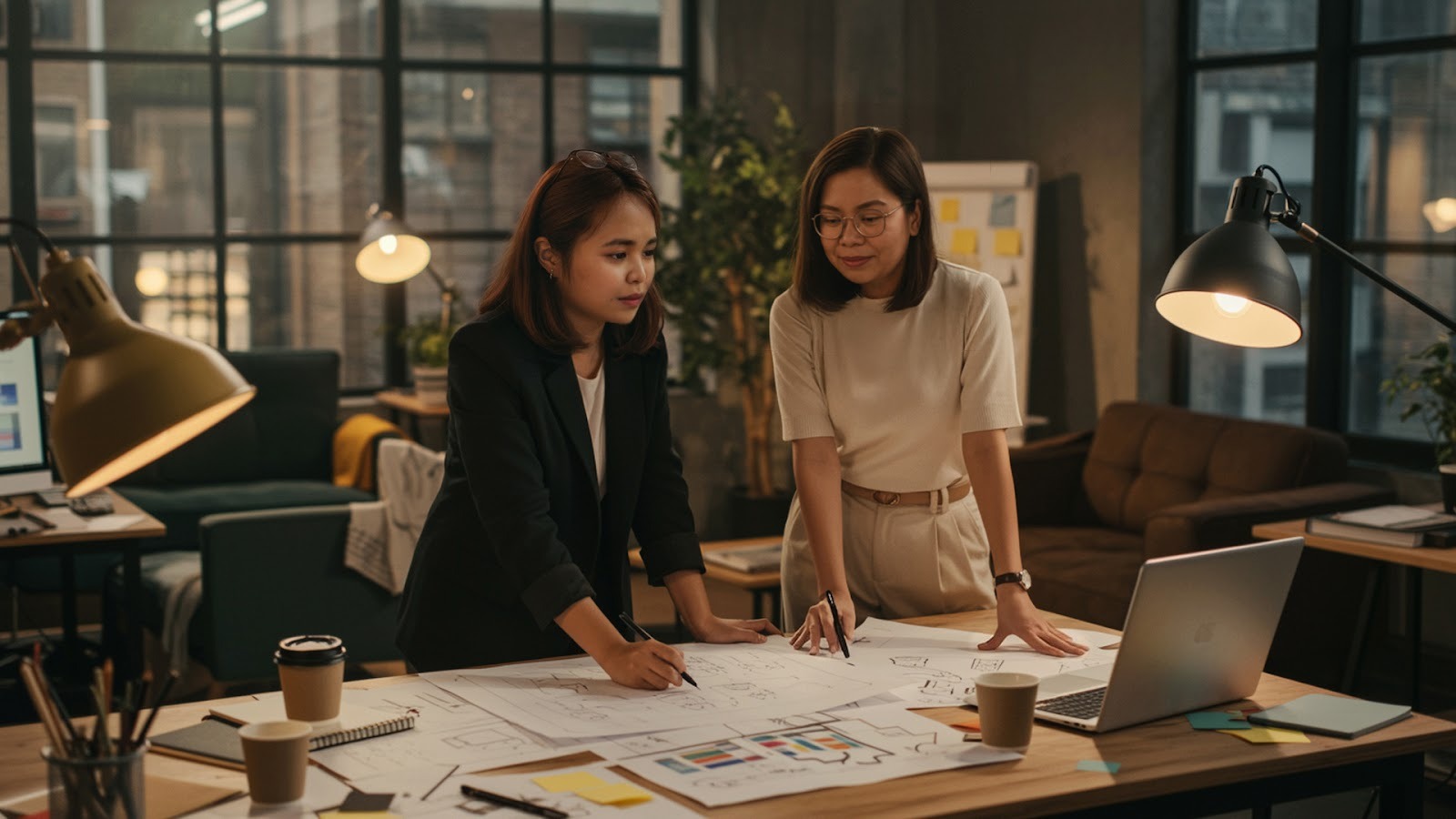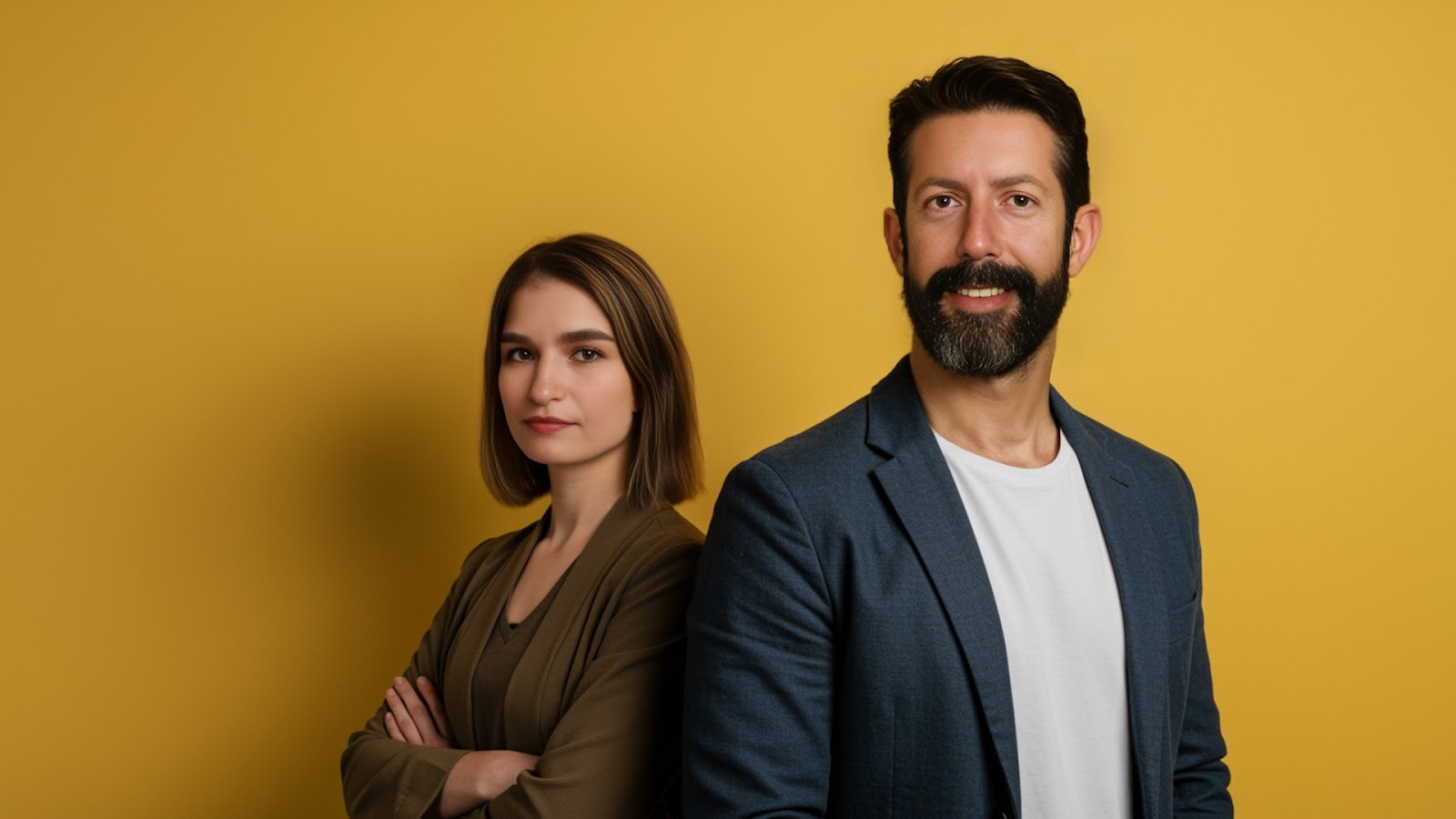The question comes up all the time.
“So, what exactly is the difference between what an Art Director does and what a Creative Director does?”
In Asia, there’s an expression: same same but different.
That pretty much beautifully sums it up.
Both roles lead creative work, but they lead in different ways. One shapes the idea. The other shapes how it looks, feels, and lives in the world.
Art Director
Art Directors translate ideas into visuals. They turn concepts into images, videos, layouts, and experiences that people actually see.
They are hands-on with the creative team, briefing creatives, reviewing work, and polishing every detail. They are the bridge between concept and craft, between the idea and what ends up on screen.
With AI in the mix
AI has turned the Art Director into a faster, sharper version of themselves. They can prototype ideas in hours instead of days, using GenAI tools to experiment and test directions instantly.
They can also present work directly to clients, using AI-generated storyboards or visual samples to explain ideas more clearly. On smaller projects, they can even lead the creative themselves, collaborating directly with creators without always needing a Creative Director’s oversight.
AI gives them freedom, not to do more work, but to work more creatively.
Creative Director
Creative Directors set the vision. They decide what story is being told and why it matters. They guide the creative team toward that goal, keeping the big picture in focus while mentoring the people who bring it to life.
They connect creativity to purpose. They make sure what the team creates is not just beautiful, but effective.
With AI in the mix
AI has brought Creative Directors closer to the work again. They can step into production to refine outputs directly, collaborate in real time, and explore visual directions hands-on with the team.
They also strategise with Art Directors to build AI workflows that make creative production smoother. In many ways, AI has blurred the line between leadership and execution. The Creative Director no longer stands at a distance, they stand beside the team.
Same Same but Different
Both roles are still creative leads: the people teams look to for direction, feedback, and clarity. The difference lies in focus.
Art Directors lead the craft. Creative Directors lead the vision.
In traditional agencies, that line was clear. One created. One oversaw.
In AI-driven teams, the line is thinner. Collaboration is closer. Decisions happen faster. Both roles are more involved than ever before.
The best creative work happens when both roles move in sync. The Creative Director defines why an idea matters. The Art Director figures out how to bring it to life.
With AI in the mix, this partnership has become tighter and faster. They can test, iterate, and refine ideas together in real time. The Creative Director’s vision meets the Art Director’s craft on the same screen.
The result? Fewer handovers, faster decisions, and work that feels more cohesive from start to finish.
What hasn’t changed is judgement, taste, and leadership. The things no tool can automate.
| | |
Creative Director Vision and leadership Visual storytelling, feedback, composition With AI: Prototyping ideas faster, presenting directly, collaborating closer with creators | |
| Art Director Execution and craft Strategy, mentoring, storytelling With AI: More hands-on, shaping AI workflows, collaborating live with the team |
The Takeaway
AI has redefined these roles slightly.
As the bridge grows closer, the gap has started to blur. Some things will always stay the same, but one thing is clear: Art Directors and Creative Directors are now closer to the craft, closer to each other, and closer to the work itself.






